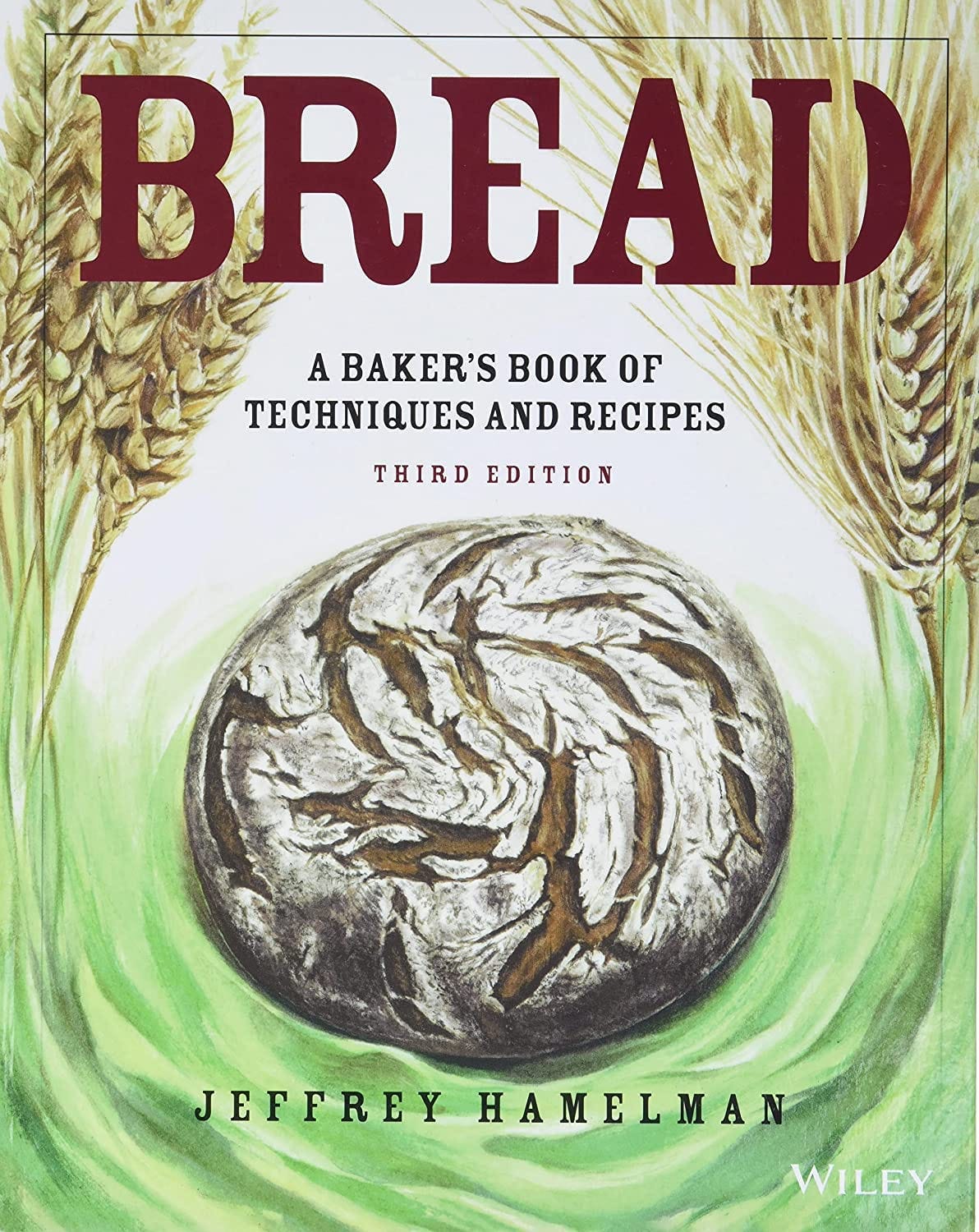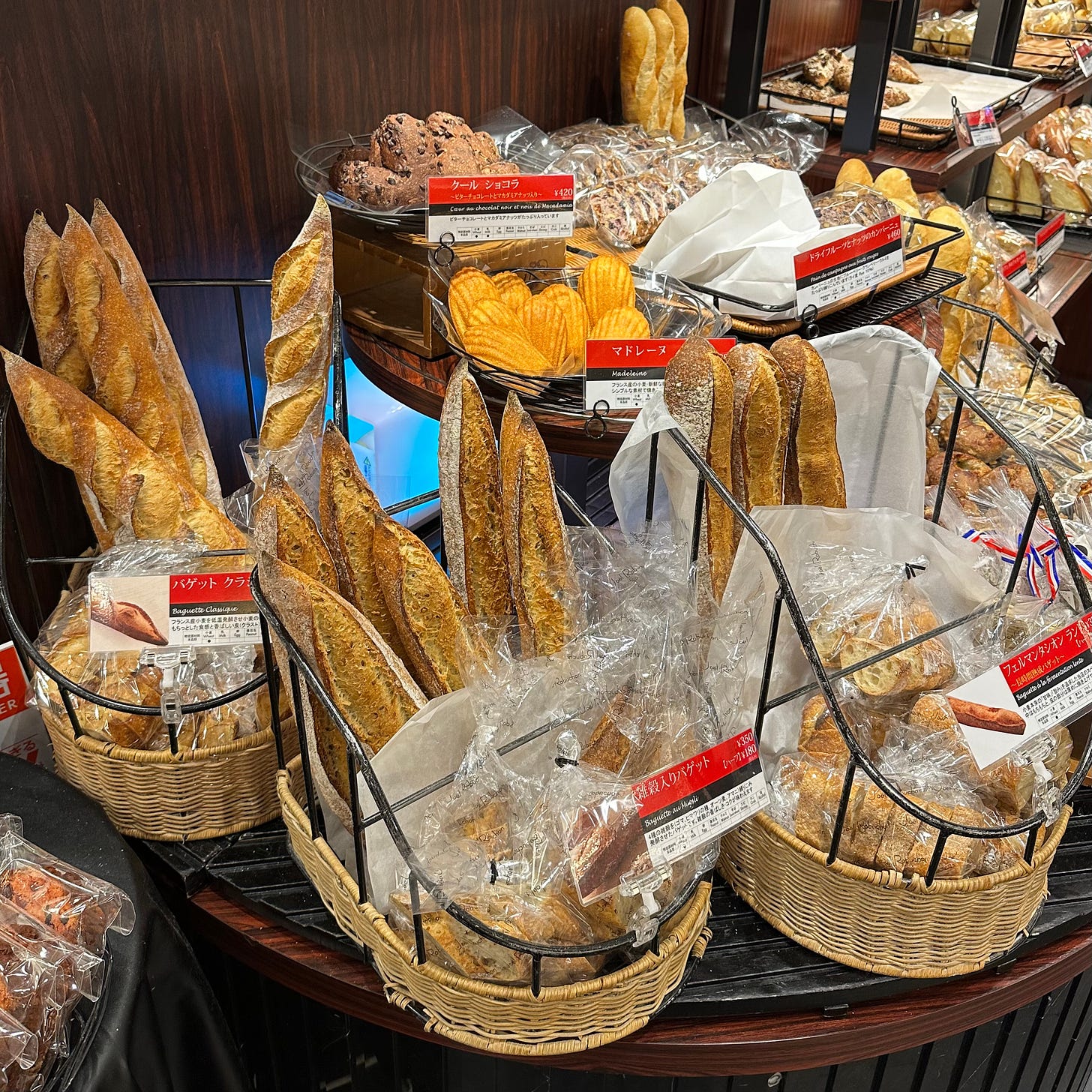Bread Advice Is Confusing as Hell. It Doesn’t Have to Be.
In which this newsletter changes names, changes gears, and finds its focus.
I started baking sourdough bread in 2019, and as I do with most of my hobbies, I approached baking like an engineer—obsessively, iteratively, and from all angles.
As I dug deeper into what I was reading online, I noticed that sourdough bread content falls into the same patterns as other content: people are incentivized to share information that they have only recently learned from people who themselves have only recently learned that information.
After calibrating my bearings using online resources like The Perfect Loaf, The Fresh Loaf, and the now-defunct Blogspot page Farine, I nerded out and bought “Modernist Bread”, which ostensibly existed to push the craft forward. Like its predecessor “Modernist Cuisine”, Modernist Bread set out to reveal the kind of information that is kept locked behind a paywall or in the minds of chefs in Michelin Guide-caliber kitchens. But I found that it had little to offer me that I couldn’t find online. At that point, I surmised that the set of source material for the information I had consumed must be fairly small.
It turns out that it was. The list is “Tartine Bread” by Chad Robertson (2010), “Advanced Bread and Pastry” by Michel Suas (2008), “Bread” by Jeffrey Hamelman (2004), “The Taste of Bread” by Raymond Calvel (1990). Calvel’s book is the urtext for the other three, as he is credited with reviving sourdough bread making in France in the latter half of the 20th century.
Everything I was reading was directly lifted from one of these works or first-generation iterations on these works—mostly “Tartine Bread”, which represents a very specific take on baking bread using strong North American flour.
The COVID-19 pandemic that began in 2020 ushered in both a golden age of bread content on the internet as well as a gold rush for grifters and novices presenting themselves as experts. Conventional wisdom became more convoluted at the same time as it became more certain.
I saw Instagram accounts with tens of thousands of followers who did not seem to be able to bake the same loaves twice if their lives depended on it. I saw post after post of scorched loaves masquerading as “darkly baked” that indicated a home baker’s lack of control of their oven and processes. I saw bakers exclusively using 20% liquid levain in their recipes, even though this is a historically low amount of pre-fermented flour and liquid levain was only invented in the 90s. I saw other bakers pretending that if you reduced this 20% amount to 17 or 18%, it would make a meaningful difference in recipe timing even though starter growth is exponential.
Rather than asking “Should I autolyse my dough?” the question became “How long should I autolyse my dough? Rather than asking “What is a lamination and why hasn’t this technique existed until 2020?” The question became “When should I perform a lamination?”
Shaping methods became increasingly time-inefficient and insane. People began scoring boules as though they were batards, or scoring the side of their loaves instead of the tops of them. Pure anarchy.
My recent honeymoon in Japan served as both a galvanizing moment for me and this newsletter and a recalibration of sorts. Sourdough baking in Japan is rooted in the French tradition. Bakeries like Levain Bakery are firmly in Raymond Calvel’s teachings, while boulangeries such as Le Pain de Joel Robuchon are modern French bakeries with the precision of fine-dining pastry—fastidiously made, and consistent in appearance and flavor.
I’m more excited by precision in my baking than some rustic romantic notion, and I believe that by using precision as a North Star, you can get 90% of the way to the results using simple repeatable techniques.
I’m not an expert but I have put in the reps, and I think I’m in a position to translate some of what I’ve learned and what I value to home bakers.
Much of what I will try to explain isn’t trendy, and some may even call my approach old-fashioned, but so be it. Let’s push things backward.
So what does this mean going forward?
I thought it would be helpful for us to explore the basics together. On my Instagram page, I’m going to be baking every sourdough recipe from Jeffrey Hamelman’s “Bread.” I like Hamelman’s book because the recipes flat-out work. I think it’s the single greatest English-language book about bread ever published. But the book is more of a manual for professional bakers than a cookbook.

In the 2nd edition and beyond, Hamelman has translated his formulas for home bakers, though following them can be confusing as pertinent nuggets of wisdom are often scattered all across the volume, and some of the hand techniques are hard to grok from illustrations. I think I can help home bakers be more successful in implementing them.
To do this, I’ll use his flours, temperatures, and techniques, and will use this newsletter to occasionally discuss the ins and outs of his approaches.
Of course, this is just a jumping-off point. This newsletter will remain a journal of my preferred techniques and recipes, presented to help you execute better as a home baker. Before we go too crazy here, I’m going to provide primers in several key areas of sourdough baking at home:
Gear
Flour & Ingredients
Sourdough Starter and Pre-Ferments
Mixing & Autolyse
Bulk Fermentation
Pre-Shaping and Shaping
Proofing
Baking
I’ll begin publishing these soon in a series of posts I’m calling “Where Do I Even Begin?”
Beyond that, I intend to use this newsletter to discuss how to best enjoy eating bread.
Existential Bread is now Fill Up on Bread
I came up with the name “Existential Bread” during the pandemic and didn’t quite know what to do with it for several years.
I think it’s a great name, but there are three main problems with it:
The domain name is taken.
The social media accounts are all taken.
It’s too clever by half and reminds me of where my mind was in 2020, during a period where I wondered if I’d ever be indoors with my parents again.
As I focus this newsletter, I’ve decided to take the opportunity to move on from the name.
I suppose the old-fashioned advice “don’t fill up on bread” is about getting one’s money’s worth at a nice dinner out. But as an adult, I realized that it is simply that—advice—and not all advice needs to be followed.
After all, what if you really like bread?
This post may contain affiliate links. By clicking an affiliate link and purchasing something, you are directly supporting Fill Up on Bread.


